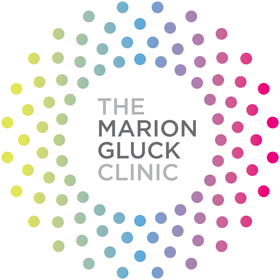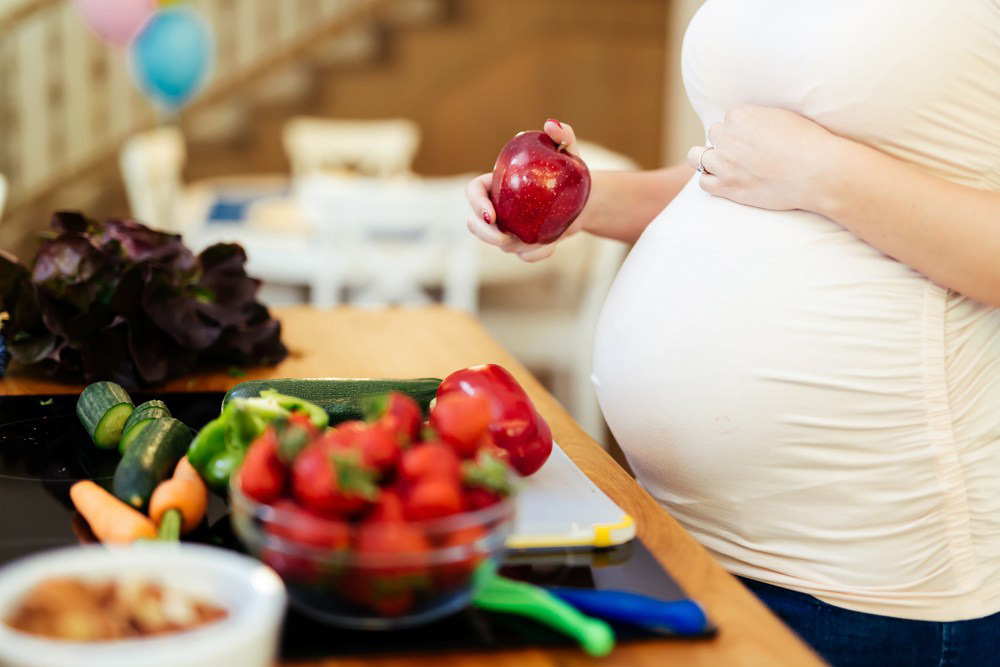
Pre-eclampsia is a condition that affects around 3-5% of pregnancies and presents with high blood pressure, also known as hypertension, causing serious complication in pregnancy. Be aware of symptoms which can cause swelling or puffiness of feet, face or hands (oedema), severe headache, problems with vision and pain below the ribs. Currently the only cure for pre-eclampsia is giving birth (delivery of baby), around 37-38 weeks of pregnancy.
What is pre-eclampsia?
Pre-eclampsia is caused when high blood pressure causes protein to leak from the kidneys into urine. During routine antenatal appointments, a sample of urine is collected and tested to see if it contains protein. Pre-eclampsia and gestational hypertension or pregnancy-induced hypertension typically presents after 20 weeks of gestation (pregnancy) with blood pressure which is greater than 140/90 mmHg. Pre-eclampsia is diagnosed after 20 weeks if de-novo hypertension (arterial high BP) is present along with one or more of the following conditions;
- Proteinuria (>300 mg/day) – protein in urine greater than 300 mg/day
Or
- Maternal organ dysfunction (organs do not perform as expected)
- Foetal growth restriction
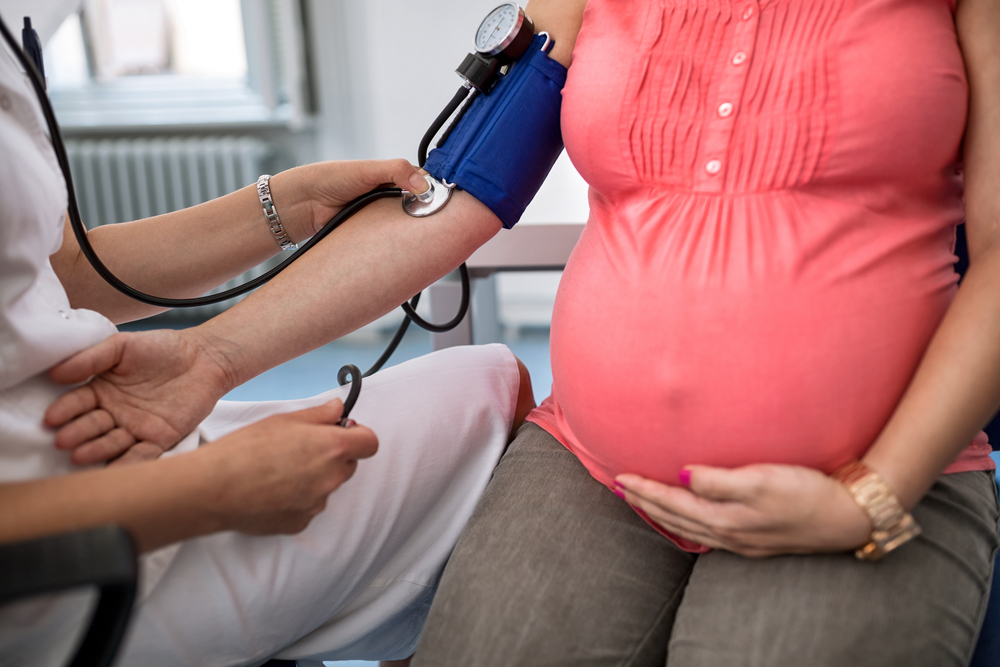
During the early stages of pregnancy, some woman do not show any protein in urine or develop high BP until after 20 weeks, therefore proteinuria is not always included in the clinical definition.
The exact cause of pre-eclampsia is unknown, but it’s a disorder of the afterbirth (placenta), the connection between the mother and baby within the womb (uterus). pre-eclampsia manifests itself during development of the placenta blood vessels and causes dysfunctional circulation within the hollow sphere of cells (blastocysts) as they become damaged. This affects the transfer of oxygen and nutrients to the baby and can cause intrauterine growth restriction (fetal syndrome). Less than 1 in 100 women with pre-eclampsia will go on to develop eclampsia, a life-threatening complication which is a type of fit (seizure or convulsion).
Risks factors for pre-eclampsia
There are risk factors associated with pre-eclampsia, which includes a family history of pre-eclampsia. The biggest risk is previous pre-eclamptic pregnancy, with a first pregnancy carrying a lower risk. During the first antenatal appointment pre-screening for pre-eclampsia takes place with clinical history taken along with a clinical examination.
Table 1 shows antenatal booking screening
| Clinical history | Clinical examination |
| Maternal Age >40 higher risk
First pregnancy Previous PE Family history Multiple pregnancy Pre-existing medical conditions |
Blood pressure (BP)
Body mass index (BMI) Proteinuria
|
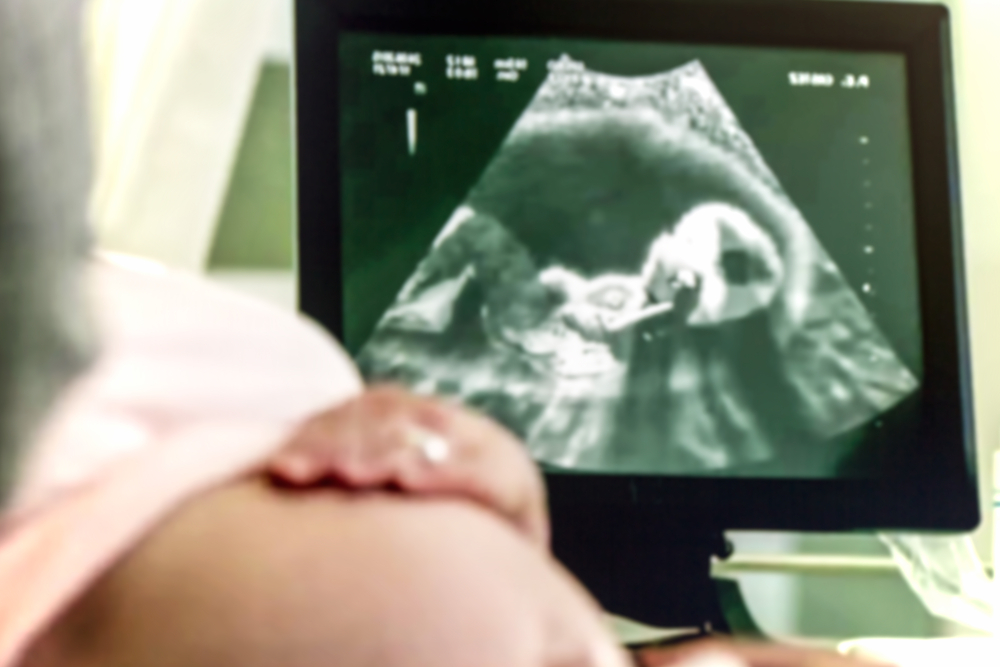
Reducing your risk with nutrition
Research has shown that making even slight changes to diet and lifestyle may help to reduce your risk of PE. With diet being the most successful especially when looking at maternal gestation weight gain. Studies have shown a low glycaemic diet consisting of unprocessed whole grains, fruits, beans, vegetables and healthy fats significantly reduced the risk of PE compared with any other interventions.
Omega 3 fatty acids (n-3) found in oily fish are believed to be important in the prevention of PE and they are important for the unborn child. Research shows that diets high in vegetables, olive oil, fruits and poultry were associated with reducing the risk of PE. The main foods to avoid are processed meat, white bread, french fries, salty snacks and fizzy drinks. Organically grown vegetables are associated with a reduced risk of PE, this could be due to a reduction in exposure to pesticides and the impact on the gut microbes. Studies have also found that if probiotics products are consumed then your risk of pre-eclampsia is reduced. Probiotics work within the digestive tract to improve the production of healthy bacteria, promote healthy microflora and relocate harmful bacteria, they also help to fight infection. Benefits of consuming probiotics during pregnancy are:
- Improved metabolism (absorption) of glucose
- Positive changes to immunity within serum (blood) and breast milk
- Lower risk of gestational diabetes
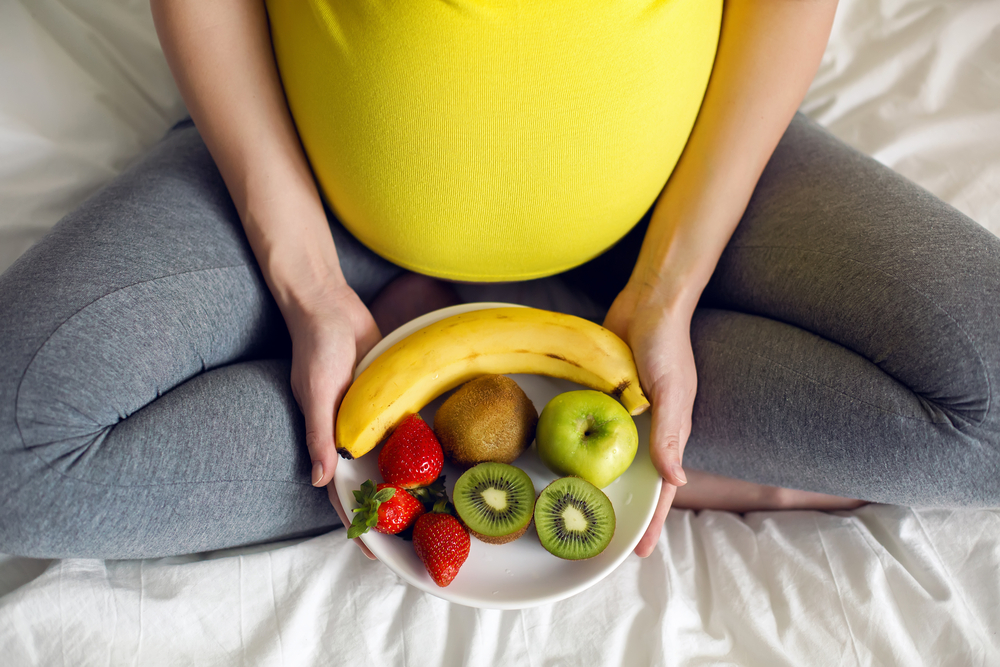
Probiotics, especially bacterial strains of Lactobacillus and Bifidobacterium, lowered the risk of PE. Foods high in fibre reduce the risk of PE, and can be described as foods that are ‘resistant to digestion by enzymes’ which help to maintain a healthy gut microflora e.g. fruits and vegetables. Gut microbes are known to retain their protective role especially during the third trimester if fibre is consumed daily.
Supplementation
There is evidence to support low-level-supplementation of some vitamins and minerals may be beneficial in the prevention of PE, these are calcium (Ca), multivitamin/mineral (MVM), vitamin D (VD) and selenium (Se).
Calcium
Studies have shown that supplementation of Ca during pregnancy may reduce the risk of PE. According to the world health organisation (WHO), if calcium intake is low, calcium supplementation should be part of antenatal care. While there are many formulations of calcium supplements, the recommendation is either calcium carbonate – cheaper but needs to be taken with meals – or calcium citrate – bioavailability (absorbency) not effect by food and contains less calcium – so calcium carbonate is the preferred choice as it seems most cost effective. Please note: Ca can decrease your intake of iron so make sure you take away from food containing iron.
Vitamin D
The status of VD is implicated in PE due to an alteration in the metabolism of VD in the tissue of the placenta. VD is believed to have beneficial effects in pregnancy by supporting the placenta via immunity tolerance. Available in two forms D2 (ergocalciferol) and D3 (cholecalciferol), with the moist active form being D3.
Multivitamin/mineral (MVM)
Supplementation with MVM seems most beneficial when taken during the first trimester of pregnancy and was associated with the greatest reduction in risk of PE. Preparations of prenatal MVM tend to differ between brands so purchase prenatal supplements from a reputable brand and follow the instructions
Selenium (Se)
Se is a mineral that is naturally present in our food and there is a correlation between PE and low levels of Se. Research has shown that women with PE that delivered their baby early (32 weeks) had lower levels of Se. Available in many different forms selenomethionine is recommended as it seems the easiest to absorb. Check quantities of MVM as may be able to supplement Se within the MVM.

What The Food Nutritionist thinks
Your risk of PE increases if you are overweight so, if this is a concern then it seems important to address before attempting pregnancy. Maintain a plant-based diet with healthy fats, unprocessed foods, that is high in fibre and probiotic foods. The following supplements have been shown to be beneficial in reducing the risk of PE: MVM, Ca, Se and VD. For further advice please consultant a qualified nutritionist before trying for a baby.

